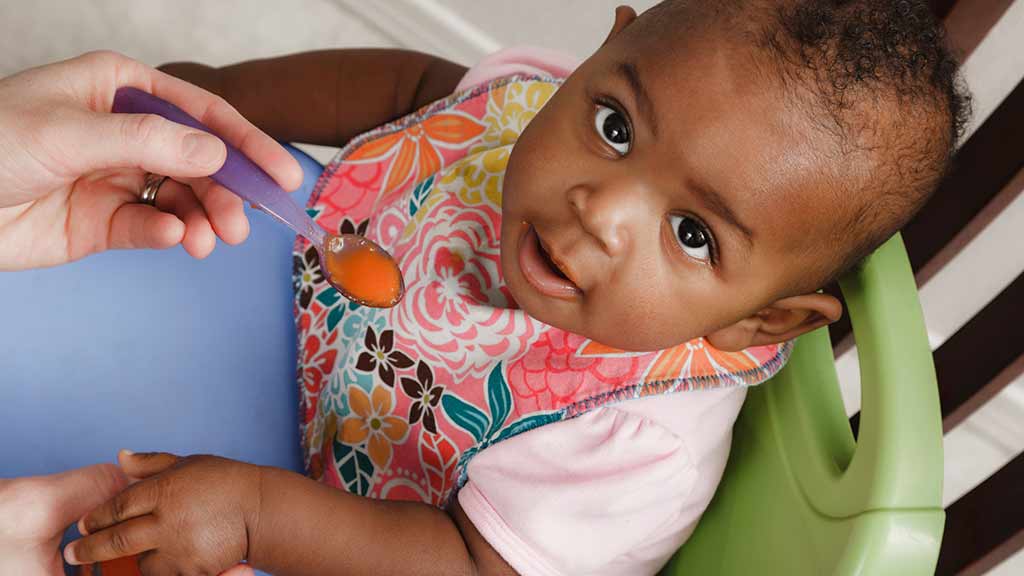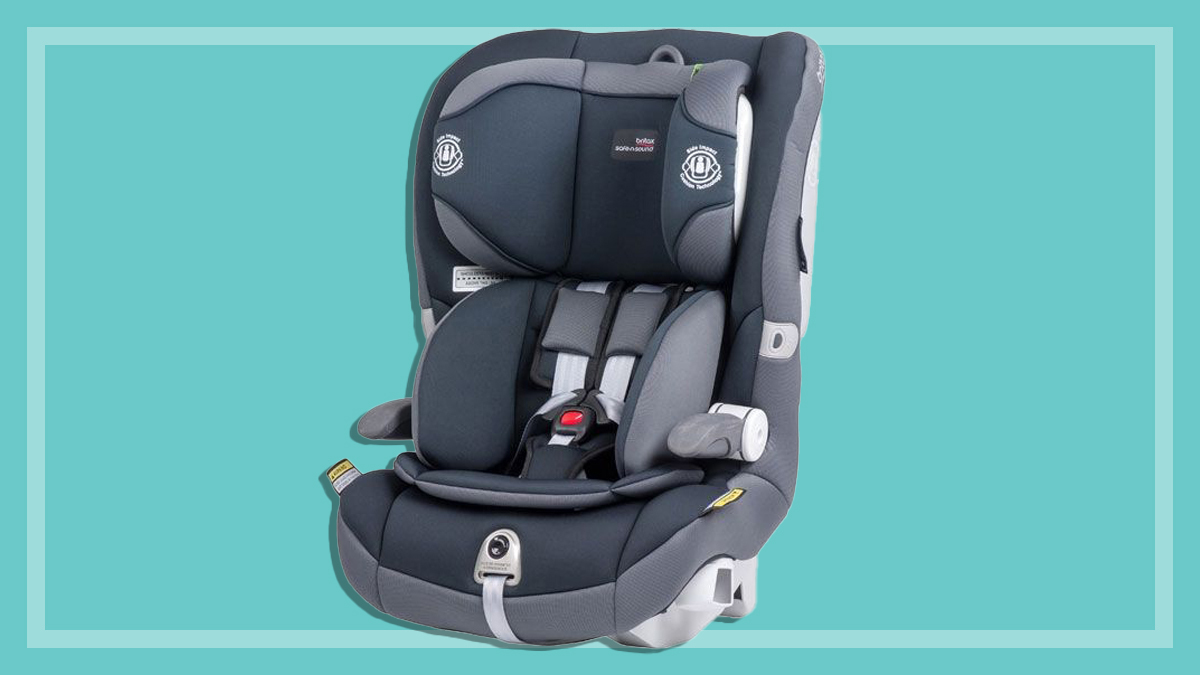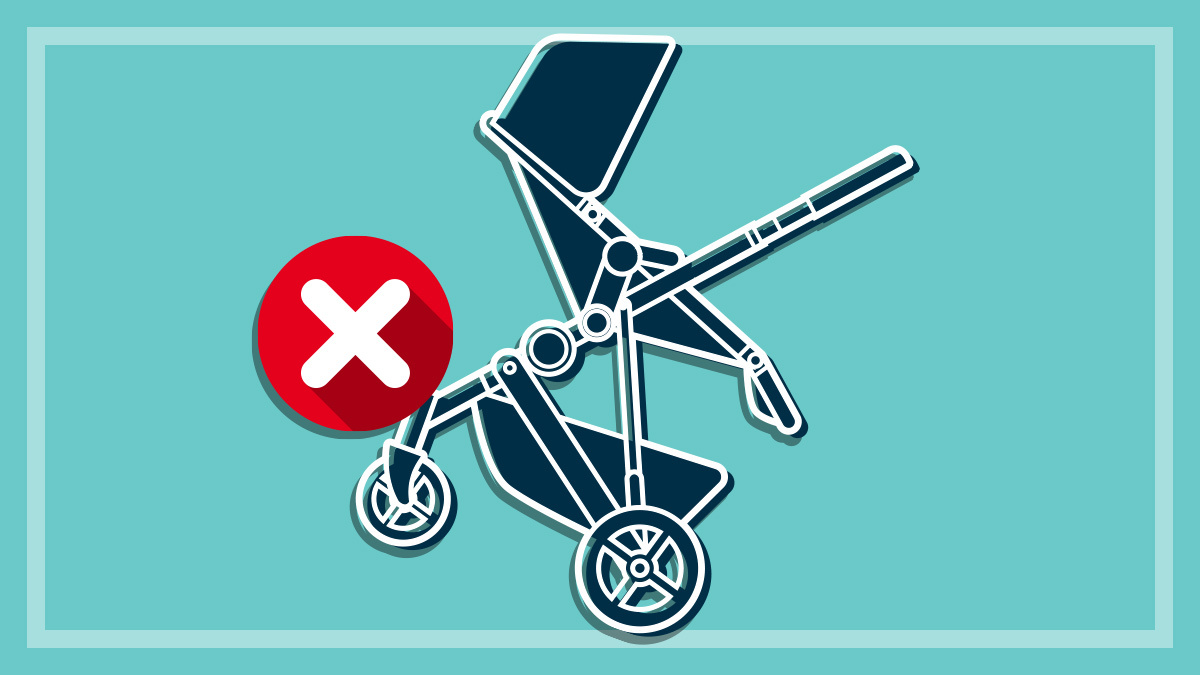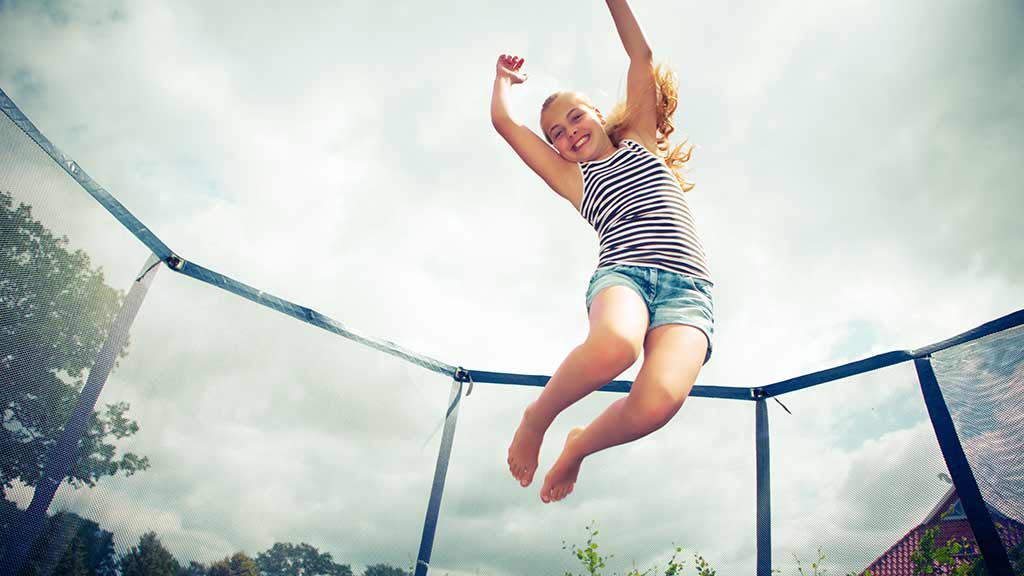Get our independent lab tests, expert reviews and honest advice.
How we test portable baby seats

When you’re away from home with your baby or toddler a portable baby seat is your compact alternative to a standard high chair. Whether it’s a harness, booster or clip-on seat, these products help keep your lap and hands-free to make mealtime when you’re out and about a more pleasant experience for both you and your child.
On this page:
Our expert testers
With 15 years of experience, our expert testers are the bee’s knees of children’s product testing. They’ve tested all types of children’s products and are well aware of all the brands, types and features each product has to offer.
On top of this, our testers sit on the Australian Standards committee for prams and strollers, so we keep up to date with changes to the standard. Our lab is NATA-accredited.
How we choose what we test
Our priority is to review what’s for sale in the shops, so usually you’ll see us test big brand models from major nursery or department stores. We also try to include a couple of interesting models from smaller manufacturers during each round of testing.
We keep an eye on what’s in stores and we also survey manufacturers to find out about their range of models. We also check if members have requested to have specific models tested. Once a list is put together it goes to our buyers, who go out and use your member funds to buy each product from a variety of retailers. We buy products just like you would, so we can be sure they’re the same as any consumer would find and not ‘tweaked’ in any way.
How we test
There’s no Australian standard for portable baby seats, so our tests are based on relevant clauses from the Australian standard for high chairs AS 4684, plus some tests from the standards for cots, folding cots and toys. We also refer to some clauses of the European and US standards for portable high chairs. Our testing checks whether the seat:
- anchors firmly to the chair or table
- has any head entrapment gaps or strangulation hazards
- has an adequate harness or other retention system (such as high enough sides). Floor seats (which sit on the ground) are not penalised for having side protection that is less than 170mm, as the risk of injury is far lower.
Ease of use
For ease of use we consider:
- Initial assembly.
- Setting up the portable baby seat on a chair.
- Putting on the tray as well as adjusting and removing the tray.
- Adjusting the seat height.
- Using and adjusting the harness.
Test criteria explained
When rating performance, we place a large emphasis on safety. We rate portable baby seats according to whether they pass or fail major tests and their score reflects whether we found major, minor or very minor failures.
- No failures: 100%
- Very minor failures: 80%
- One minor failure and no major failures: 65%
- Multiple minor failures but no major failures: 60%
- One major failure: 40%
- More than one major failure: 20%
Recommended
Portable baby seats that we recommend have passed all our safety tests and score 80–100%. They may have some very minor failures but we usually don’t think these are significant.
Worth considering
These pass all our key safety tests but may have some minor safety failures. These models score 60–65%.
Not recommended
These cots have not passed our key safety tests and score 40% or less.






